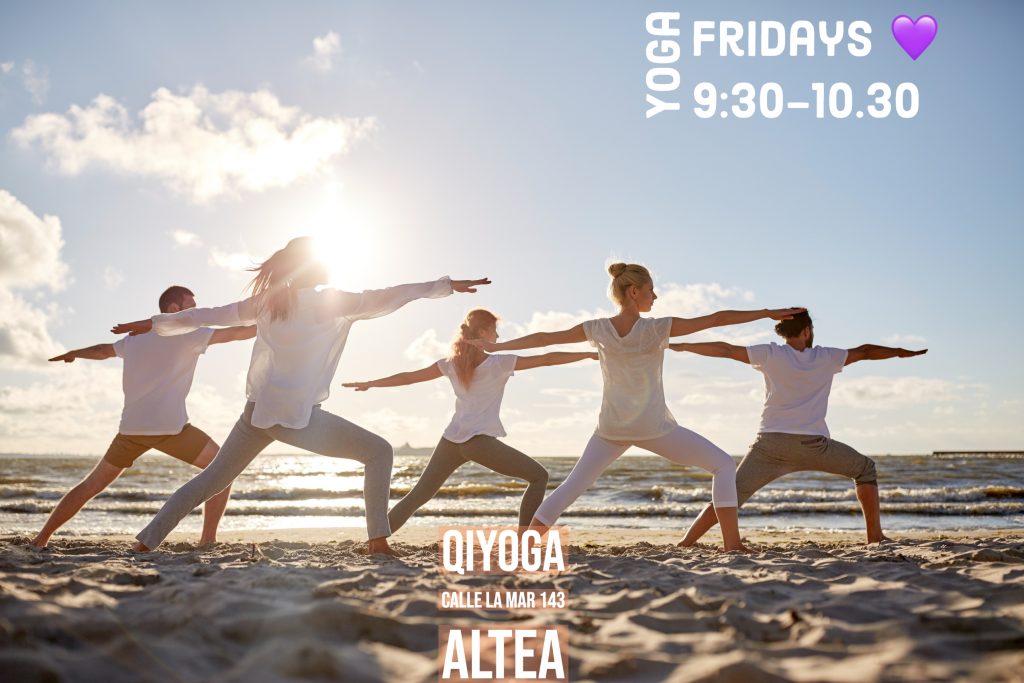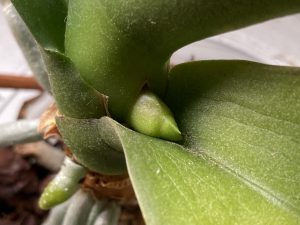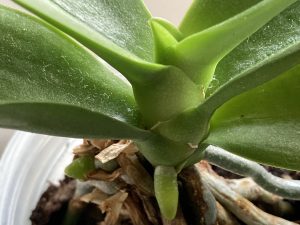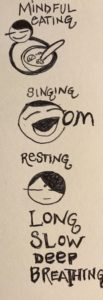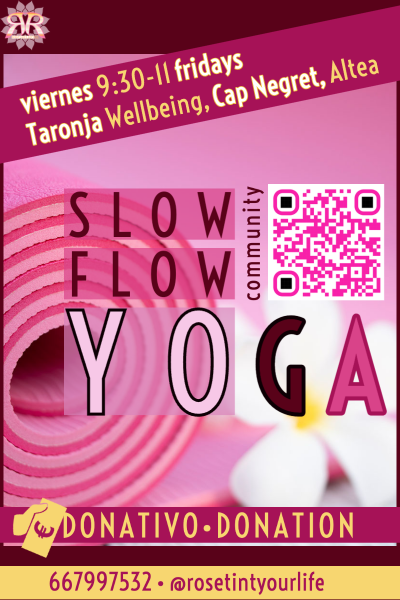
New Yoga Class in Altea
Are you looking for a fun yet deep yoga practice? Would you like to practice yoga with like-minded people? Well, I think you ought to check out my new yoga class!
FAQ
What is slow flow?
I teach hatha yoga in a very specific way. Firstly, following the Viniyoga method, there is almost always a dynamic and a static phase for each posture. This means you get both the flow of Vinyasa-style yoga and the holds of classical yoga.
I design my classes with anatomy in mind. There are four kinds of yoga: Bhakti (devotion), Raja (intellect), Karma (selfless service), and Hatha (movement). I am very clearly a hatha yoga teacher and use my deep understanding of anatomy, physiology, and kinesiology to design sequences within sequences all with a clear objective in mind.
Loosening up the deepest layers, the bits that no one can get to, the parts that hurt but you can’t put your finger on. Yoga, specifically Viniyoga well-taught, gets to these parts. Feel free to read up on slow-flow yoga here, at my Alteayoga blog.
In my new yoga class, I will introduce sequences that I developed over the past four years whilst working at SHA Wellness Clinic.
Where are the classes?
Yoga Taronja, Altea (Cap Negret)
Taronja Wellbeing is a dedicated yoga and wellness space. Although it is located on the busy N-332 road that goes through Altea, the room is quiet and there is ample parking.
Taronja is very easy to find: Use this Google Maps link. The Hotel Cap Negret is right next door. There is a large public parking lot right opposite the hotel. If you are coming from Altea, it’s a ten-minute walk or even shorter cycle.
When do the classes start?
Starting 21 April 2023
The Spring term will run until it gets too hot and everyone wants to lounge around on the beach or in the shade. So, count on having class at Taronja Wellbeing with me, Rachel Rose, until the end of June.
What time are the classes?
9:30-11:00
A good yoga sequence should end with pranayâma and meditation. The 1.5-hour format of my new yoga class allows time for postures, breathing, and resting.
What to bring and wear
I recommend a long-line shirt or top. It’s so distracting to have your lower back uncovered! If you have yoga socks, bring them! We have mats, blocks, and bolsters at the center, but you are always welcome to use your own. If you’re likely to get cold towards the end of the practice, bring a sweater or shawl. Water is ok for afterward, but we don’t recommend drinking water during your practice. Bring tissues if you’re having any issues with hay fever.
Is the class in English or Spanish?
I always try my best to deliver my classes in both English and Spanish and this new yoga class will be no different. It is a challenge, but it’s the only way to make the group inclusive and high-vibration! After all, we are all living here in the beautiful Costa Blanca, where polyglot multilingualism is the norm! Yoga classes are a great way to meet like-minded folk, and make friends.
How much do classes cost?
Classes are donation-based. This means that you can pay what you like. I suggest between 5-10€. But, if you are more well-off, then leave more and pay it forward! There are plenty of hard-working people around here who could do with a yoga class, but whose budget might not stretch to it. Inequality is a huge global problem. But, as they say “Think globally, act locally”. I am just a humble yoga teacher. I want my classes to be available to those who need them whilst still being able to put food on my own table. So, a long answer to a short question. Pay what you can, pay it forward.
Any more questions?
If there is anything that I have missed, give me a buzz on the phone number in the photo above 👆 . Whatsapp works too – you’ll see the green icon at the bottom right of this page.

